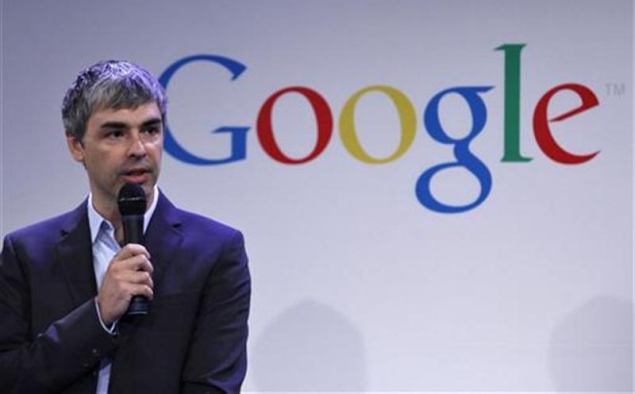CERN starts project to restore the first ever website to maintain record for posterity.
CERN, the research institute based out of Switzerland, has initiated a project to bring back the first ever website published on the Web. On April 30 of 1993, Tim Berners-Lee of CERN published a statement on the first ever website, hosted at http://info.cern.ch/hypertext/WWW/TheProject.html, detailing the idea behind the World Wide Web (WWW or W3, as it was referred to) and the technical specifications powering it.
According to a statement released by CERN on its website, the project titled ‘Restoring the first website’, will involve restoring everything from files, documentation and IP addresses that were present on the very first version. CERN says that it hopes to be able to make info.cern.ch, the first ever web address, a site that helps remind people of the beginnings of the Internet.
Tim Berners-Lee first thought of the concept of hypertext links in 1980 and built a software called ENQUIRE that could work with hyperlinks. After being encouraged by his boss, Berners-Lee started working on a large database of hyperlinks which he finally named the ‘World Wide Web’, after considering options such as ‘Information Mesh’ and ‘The Information Mine’. After a decade of work with fellow scientists, Berners-Lee finally built all the tools to get his project working on a large scale. By 1992, scientists in various universities were using the World Wide Web to share information and in 1993, the first ever graphical web browser, Mosaic was created. In 1994, the World Wide Web Consortium (or the W3C) was formed to determine the standards to govern the Web and to ensure that it remained royalty-free and easy to adopt, essentially creating the Internet as we now know it.
Source-think Digit



